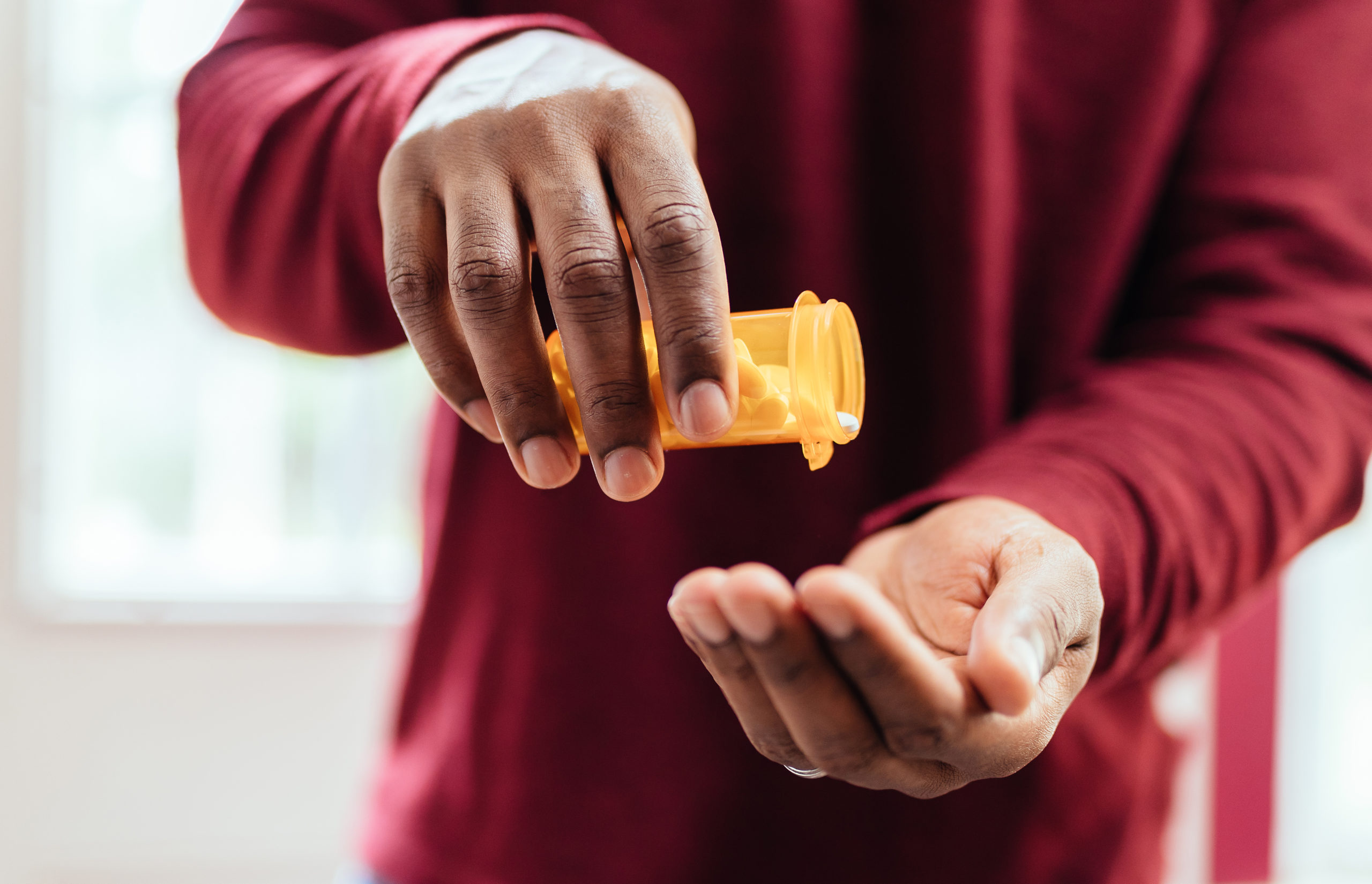There is a simple answer to this question; painkiller medication abuse is so common because no one likes to feel pain. People have different pain tolerance levels, and those with a lower tolerance may be more likely to develop painkiller addiction once prescribed.
At Atlanta Recovery Place, we are dedicated to providing clients with supportive prescription painkiller abuse treatment that addresses not only the physical pain but the mental and emotional pain caused by addiction.
ARP is a Georgia addiction recovery center that can help you overcome addiction. Learn more about our opioid treatment programs at Atlanta Recovery Place by accessing your free consultation today.
What Are Prescription Opioids?
Prescription opioids are medical-grade painkillers designed to support clients following injury, surgery, or during cancer treatments. These medications block opioid pain receptors and prevent individuals from experiencing pain related to these incidents.
Common prescription opioids include morphine, codeine, hydrocodone, and fentanyl. These medications are commonly prescribed and monitored closely. Another linking factor is that prescription opioids are addictive. These addictive medications are dangerous for clients at higher risk for addiction and those who do not have a support system at home to assist with medication management.
Why Are Prescription Opioids Abused?
Prescription opioids are commonly abused because of the ease of misuse. Painkiller abuse most commonly occurs through excessive use combined with other substances and by stealing the medication for recreational purposes.
The first and most common type of prescription opioid abuse is excessive use. This most frequently occurs when an individual is in extreme pain and takes more than the recommended dosage. This accustoms the body to more than the regulated amount making addiction to the substance more likely.
Another common form of prescription opioid abuse is taking medication with other contraindicated substances. For example, it is recommended that individuals do not drink alcohol while they are using opioids. This increases the likelihood of adverse side effects, including death, and raises the possibility of addiction. Individuals who mix medications often try to counteract a negative side effect, but when two addictive substances are combined, it increases the likelihood of addiction.
Another final way painkillers are abused by taking them to get high. Some of the most commonly stolen, shared, or sold substances are prescription drugs taken from someone’s medicine cabinet. When an individual takes a pill to get high, this increases the likelihood of addiction, adverse side effects, and death. Most medications of this nature are prescribed based on an individual’s weight and susceptibility to the medicine. Taking someone else’s prescription is dangerous and criminal.
Which Drugs Are Prescription Opioids?
Several prescription opioids are available on the market today. The most common ones include morphine, oxycodone, codeine, hydrocodone, and fentanyl. These medications are not only prescription and monitored closely due to their addictive nature. Most of them can be made at the street level.
Illegal street-level fentanyl use has been on the rise recently and has been responsible for most opioid-related overdose deaths in the last five years.
What Are the Signs of Prescription Opioid Abuse?
The signs of prescription opioid abuse in those prescribed the medication may include several physical or psychological symptoms that may or may not be noticeable to others.
For example, individuals addicted to painkillers might spend a lot of time doctor-shopping for someone to prescribe them the medication. While this may not be noticeable to others, it can be monitored through medical records and be apparent to family members through the number of times the doctor has changed, or there has been a need to get a new prescription.
Another common sign of prescription opioid abuse is a lack of responsibility and giving up interest in getting high or because they are high. This can accompany a change in social and personal relationships, changes in physical hygiene, and peer groups.
Lastly, a common and dangerous sign of painkiller abuse is overdose. An individual addicted to prescription medications is at a higher risk of having an overdose, significantly if they are misusing the medication in multiple ways. An individual experiencing an overdose will have slowed heart rate, breathing, and movements. They may have a blueish tinge to their lips, have a seizure, or vomit due to the excess medication. If this occurs, immediately call 911 and, if available, administer Naloxone.
Atlanta Recovery Place Offers Prescription Opioid Treatment in Georgia
There are many opportunities for individuals to recover from prescription opioid abuse successfully. Through treatment, clients can access supportive physical, psychological, and medical therapies designed to promote healthy living.
At Atlanta Recovery Place, we take this one step further by supporting individuals addicted to prescription medication with a comprehensive treatment program that promotes growth through multiple success paths. An individual in our Georgia drug and alcohol rehab facility has the opportunity to improve not only their mental health with addiction treatment but their physical and emotional health as well. Through a holistic approach to recovery, we offer medication-assisted treatment, dual diagnosis treatment, family therapy, and creative arts therapies.
Learn more about the possibilities for prescription opioid medicine at Atlanta Recovery Place today.





